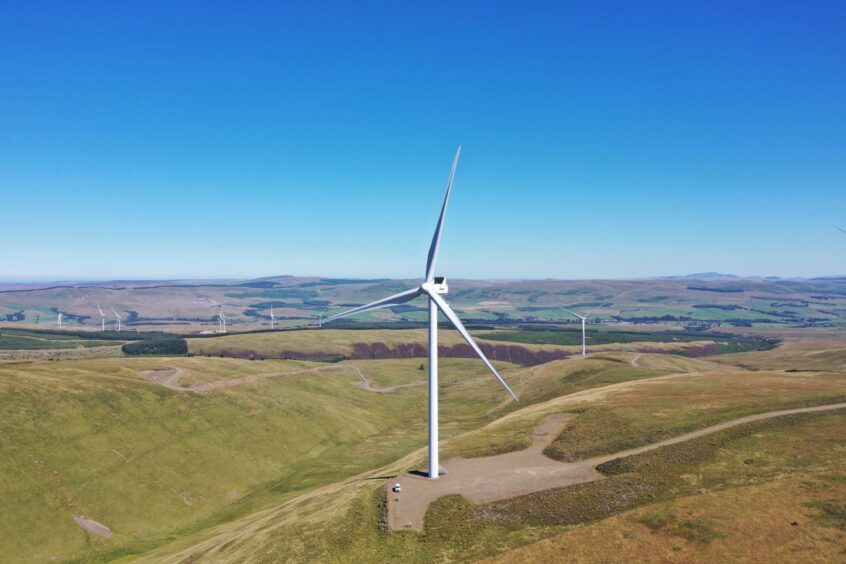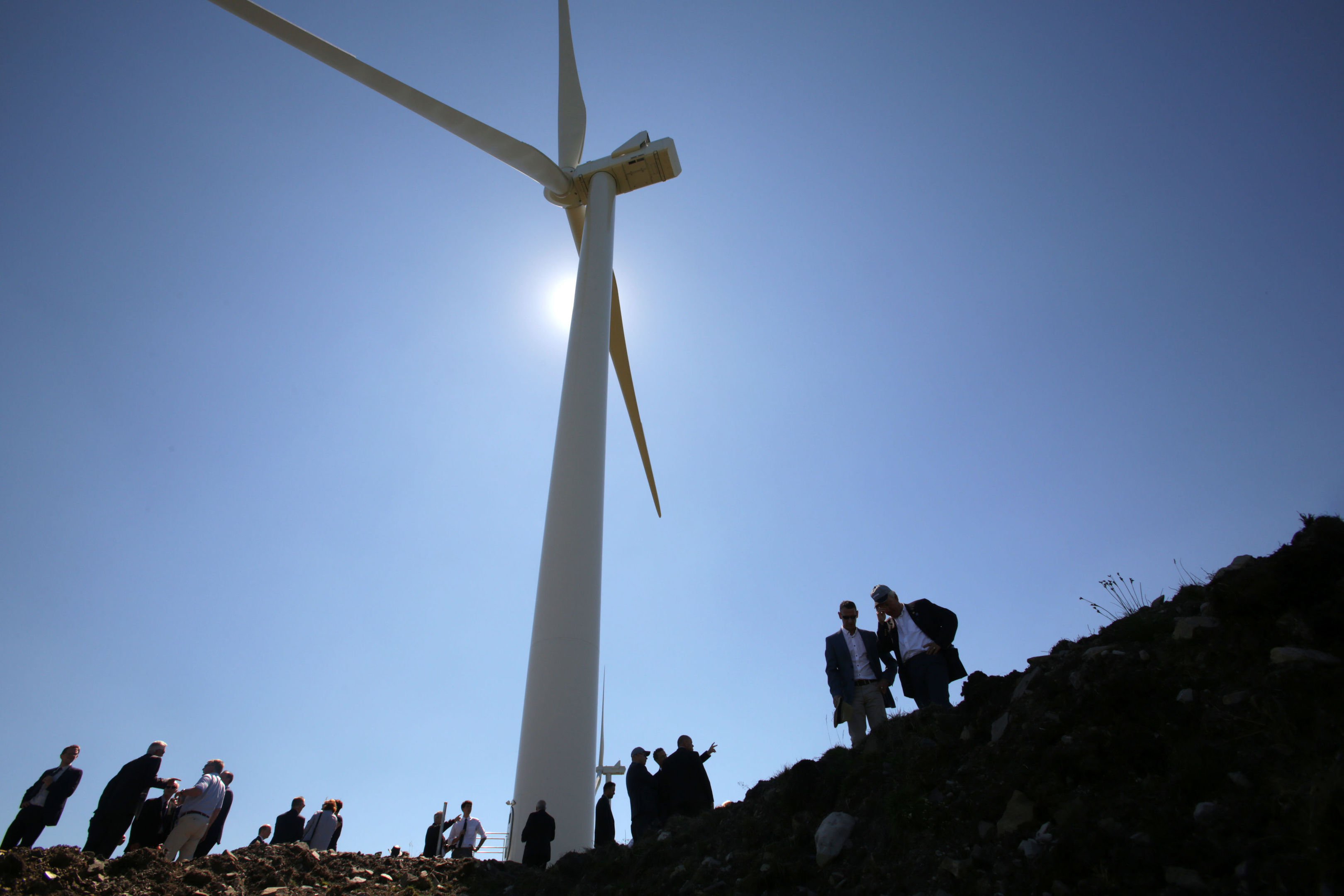
Scottish ministers have rejected plans for an onshore wind farm, in part due to concerns about UK obligations under a nuclear test ban treaty.
Community Windpower submitted its proposal for the 45 turbine Faw Side wind farm, located north of Langholm, in 2019.
After both the Dumfries and Galloway and Scottish Borders Councils raised objections, the plans were referred to the Scottish Government’s Planning and Environmental Appeals Division (DPEA) in 2021.
On Wednesday, the DPEA and Scottish ministers rejected the plans because of potential impacts to the nearby Eskdalemuir Seismic Array (EKA).
The EKA is a seismological monitoring station which forms part of the UK’s obligations under the Comprehensive Nuclear-Test Ban Treaty.
According to documents submitted by the Ministry of Defence (MoD), the site is the UK’s “primary asset for monitoring underground nuclear tests” and is “a one of a kind defence resource of national and international importance”.
Since 1962, the MoD said the site has recorded approximately 645 signals associated with nuclear test explosions up to 15,000km away.
The MoD said its policy is to object to any wind farm proposal located within 50km of the EKA.
Under the Faw Side plans, the nearest turbine would be located just 4km from one of the seismometers and the development would have an “unacceptable impact” on the array.
In summary, the MoD said in layman’s terms the Faw Side wind farm is simply “too big and too close” to the EKA.
Visual and landscape impacts
DPEA reporter Claire Milne found that, in addition to the impact on the EKA site, the wind farm turbines would also have “significant adverse visual effects” on the area.
With 40 of the wind turbines proposed to be 200 metres (656ft) tall, Ms Milne said they would appear as “imposing features” from viewpoints in the Ewes Valley and the surrounding North Langholm hills.
“These would not be localised effects but affect a wide geographical area between Langholm and Hawick and affect a varied population including local inhabitants, visitors and tourists,” the report said.
“The impact of aviation lighting on the proposed turbines would add to these significant adverse effects.”
Despite the visual impacts, Ms Milne found the wind farm would deliver 315MW of renewable electricity annually and deliver a total investment of around £898 million to the local and Scottish economies.
“However, on balance, I find that the benefits of the proposed development, even in
the context of considerable policy support for the type of development proposed, would not outweigh the significant adverse landscape, visual and residential amenity effects and the potential effects on defence interests at Eskdalemuir,” Ms Milne said.
Scottish Ministers refuse application
In their determination, Scottish Ministers agreed with Ms Milne’s findings and refused the planning application.
In a letter outlining the decision, Ministers said meeting Scotland’s climate ambitions “will require a rapid transformation across all sectors of our economy and society”.
“However this does not negate the continuing requirement to ensure that the right development happens in the right place,” the letter stated.
Energy Voice has contacted Community Windpower for comment.
In September last year, the developer said plans for its nearby 44-turbine Sanquhar II wind farm had “ground to a halt” due to the introduction of the electricity generator level (EGL).
The firm had earlier said it would take the UK government to court over the EGL, describing it as a “smash and grab raid” on renewables generators.

 © Supplied by Keele University
© Supplied by Keele University © Dave Cheskin/PA Wire
© Dave Cheskin/PA Wire